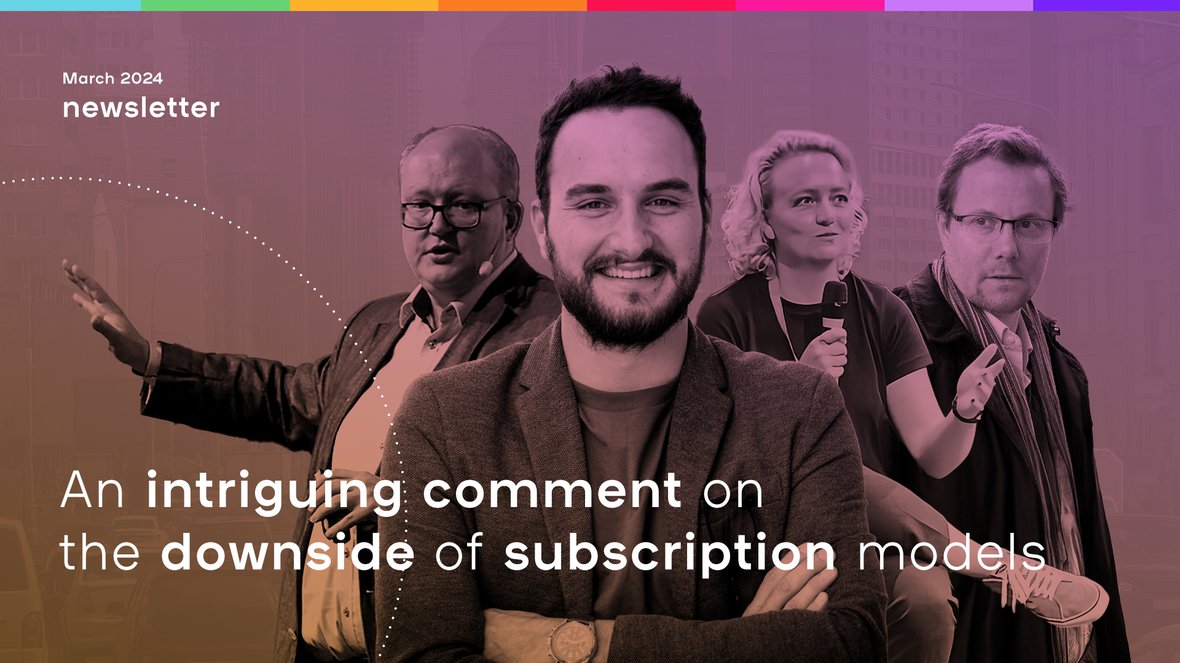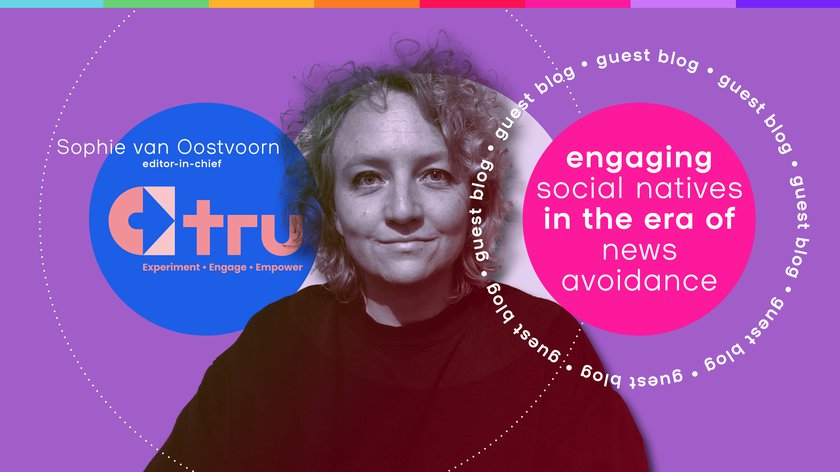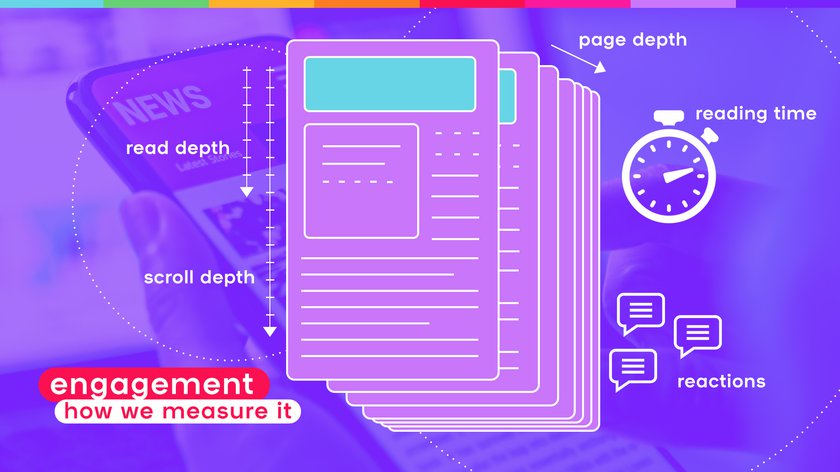Hi there!
In our previous newsletter, we asked for questions or contributions from you, our reader. We received an interesting question from Gerbert van Loenen (DPG Media) that is worth discussing here:
“We see search traffic and socials decrease. Most media are now focusing on loyal subscribers and engaged visitors. That's great. But it is also comfortable. We are getting back to our old subscription based business model.
Are we becoming complacent? Do we accept that we lose the connection with the majority of the citizens who indicate that they are not willing to pay for digital news?”
It’s an intriguing question - and one likely on many people’s minds right now.
Publications that use advertising or public broadcast models to fund their journalism remain free at the point of access to readers, but there’s hope for substantial subscription growth too.
Greg Piechota from INMA remains upbeat about subscriptions prospects, and the title of his latest research paper teases why: “There is no subscription-ceiling for news media”. When publishers align with what readers are looking for and focus on these critical points, they can build a strong force that keeps subscription numbers growing.
Bundle and unbundle
One way to build those numbers is to take a leaf out of the strategy book of Big Tech platforms: personalise, be more convenient, more interactive, bundle like social media.
The system of bundling and unbundling can still be pursued more vigorously. DPG Media has set a great example in bundling by giving subscribers of one of their eleven Dutch newspapers access to all premium articles of all their newspapers and magazines. In the extended reading tips of this newsletter, there's a fine example of how The Economist is doing exactly the opposite by offering young people a ‘light’ subscription.
You could endlessly continue this strategy: a subscription for a podcast, a special newsletter, a certain columnist, or all the news about your favourite football club. As long as you clearly understand the unique value you bring with such an unbundled content package and how it contributes to your mission. Part of that mission is, hopefully, to aim to reach as many people as possible.
BLOG: Attracting social natives
If you want to reach as many people as possible, you might need to start with the youth. The real innovation in journalism must, of course, take place by being there for the new generations. That's why we asked Sophie van Oostvoorn to write a guest blog.
She’s the editor-in-chief of C.Tru, a project by Belgian publisher, Mediahuis. This project takes a deep dive into the significant misalignment between in-depth journalism with analysis and so-called social natives. She focuses on two central questions:
- How can we effectively engage young people with quality journalism, and
- What sustainable revenue model can support this endeavour?


